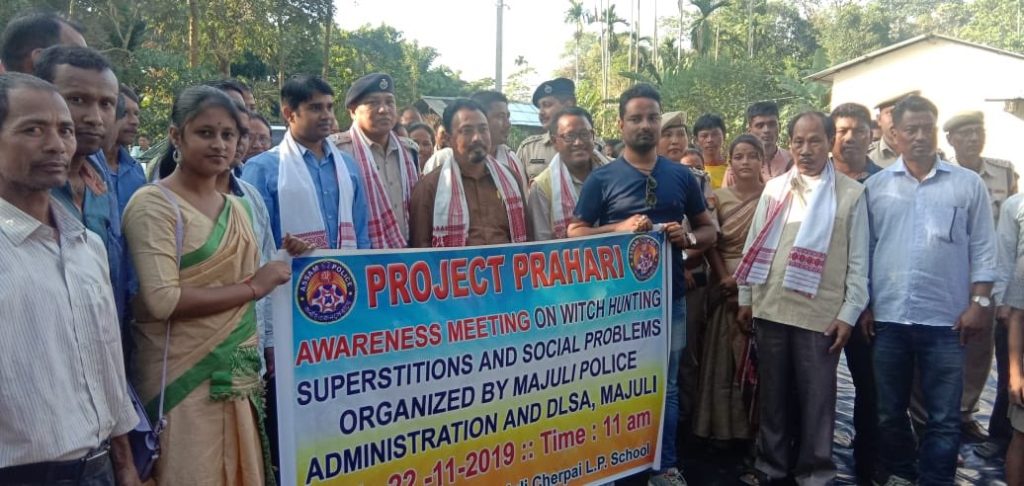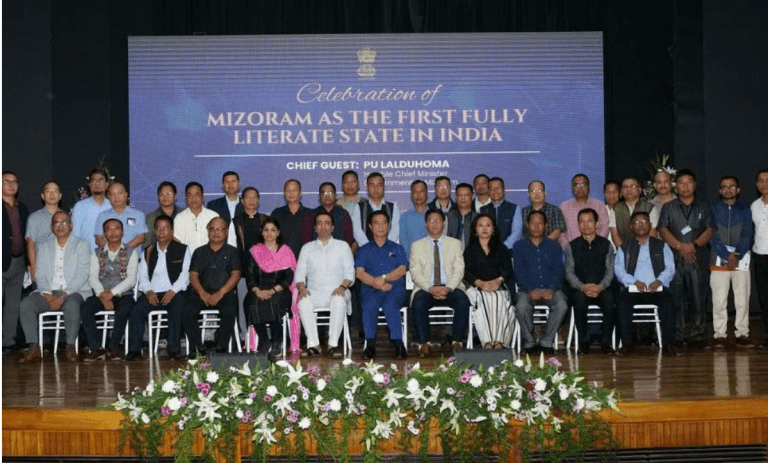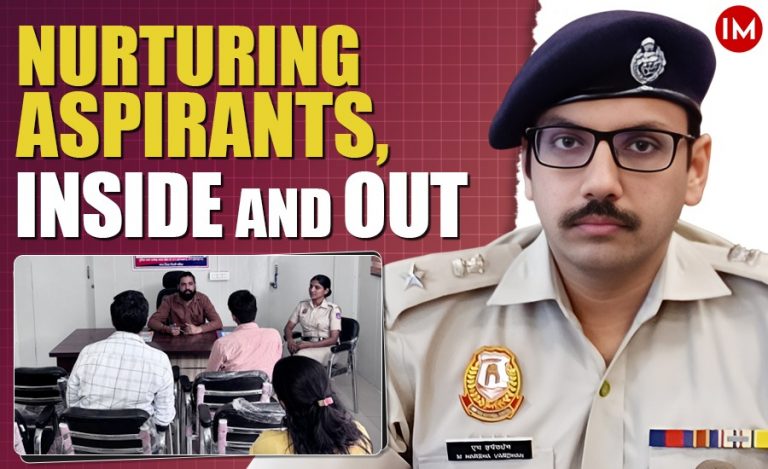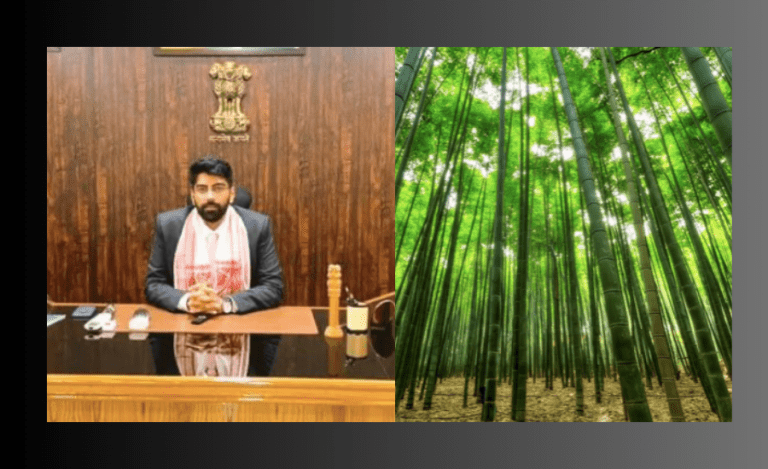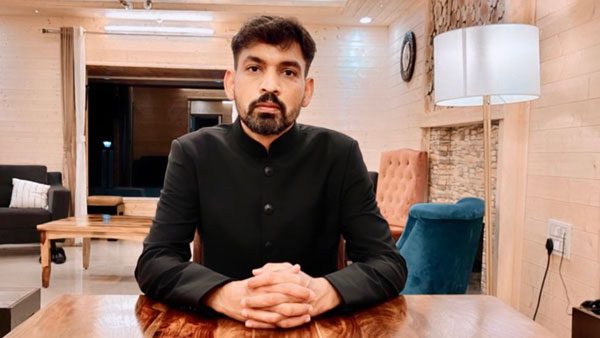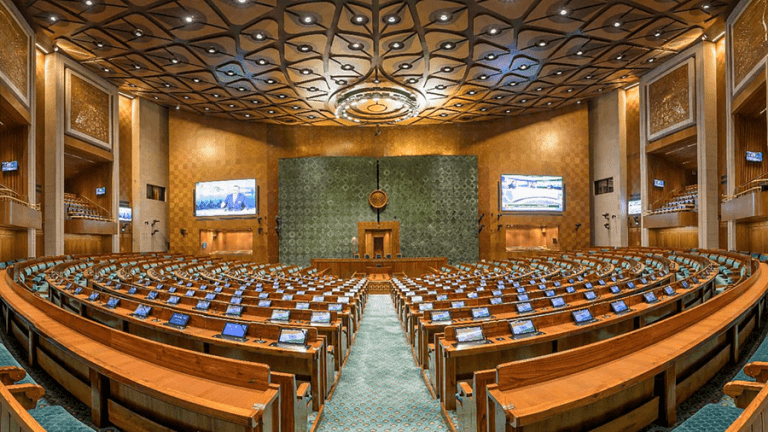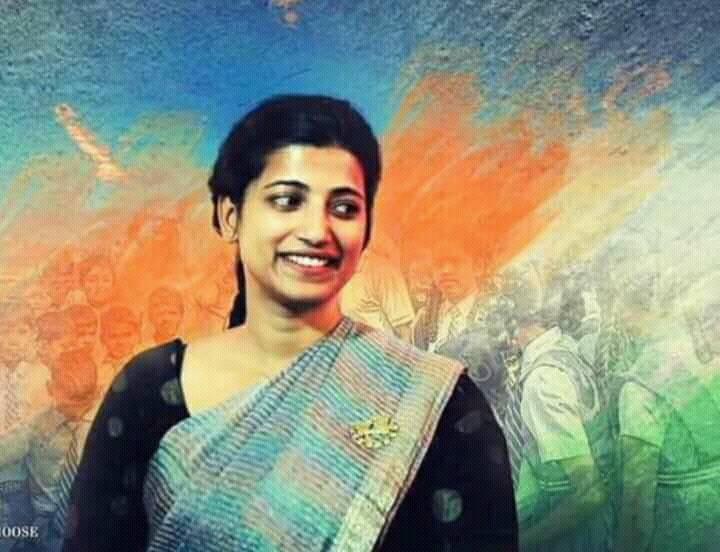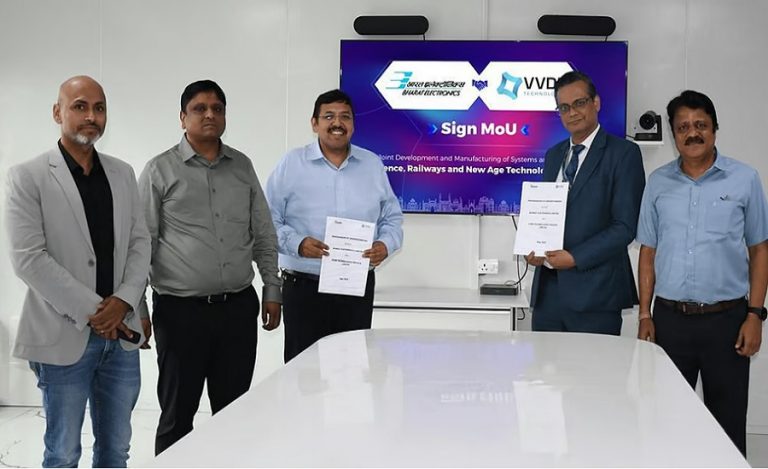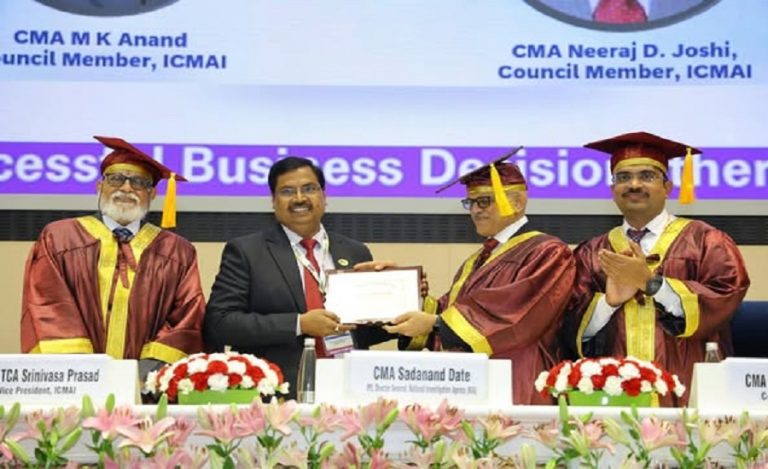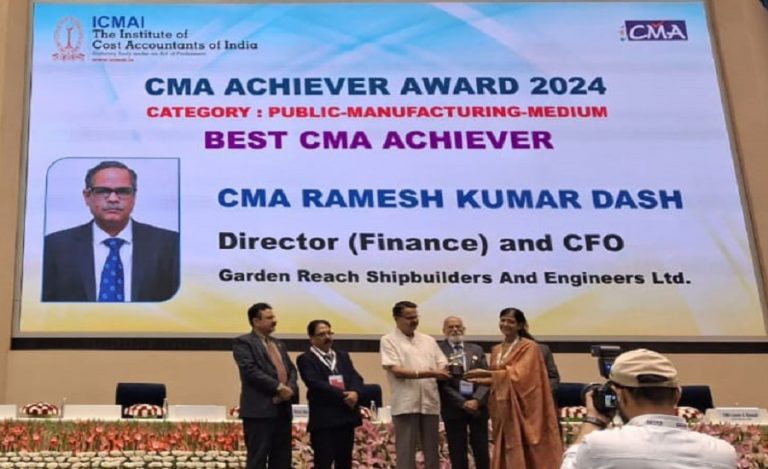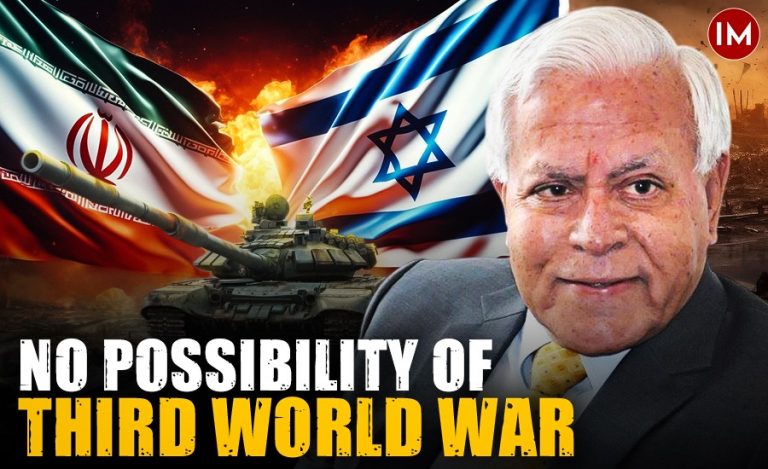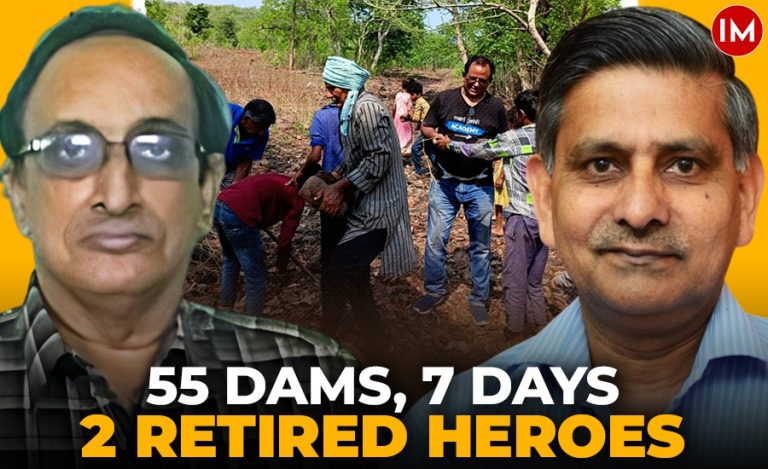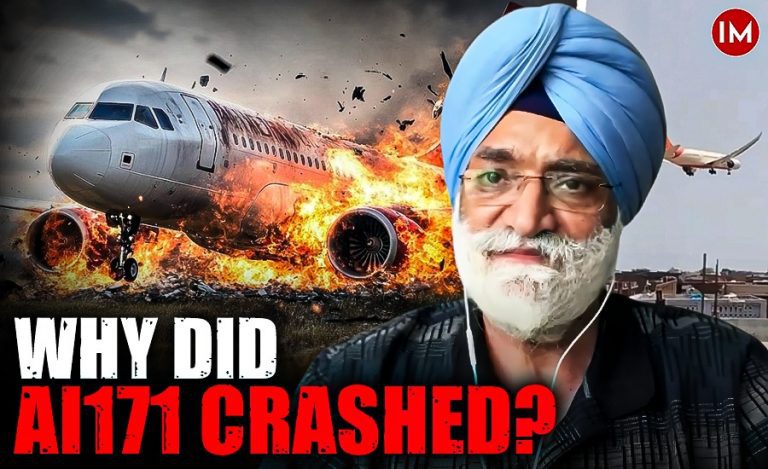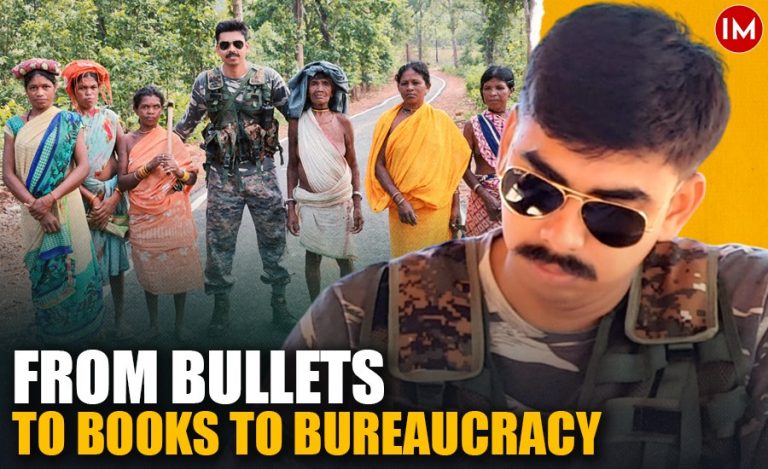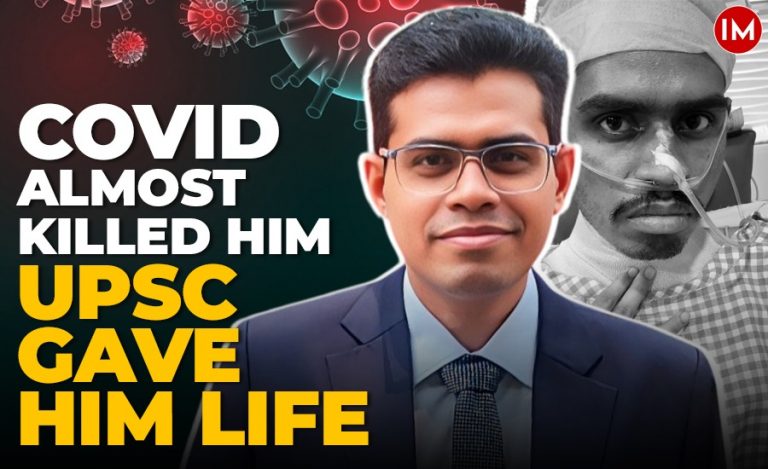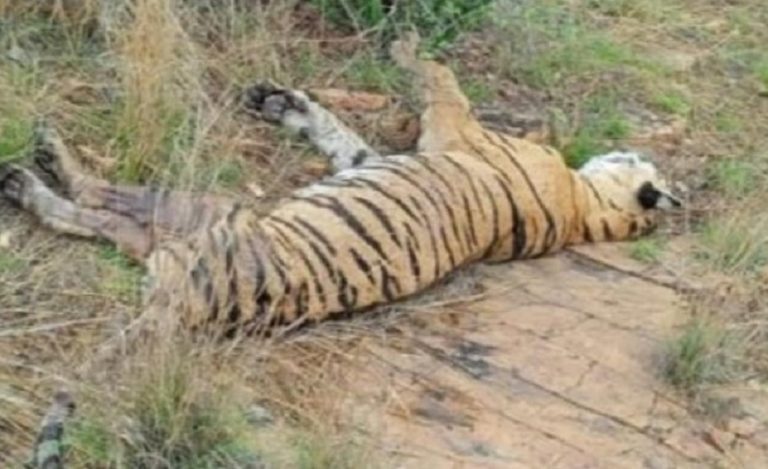Incredulous as it may sound, there still exists in some rural pockets of the country the practice where a person is branded a witch, blamed for all the ills plaguing the village, and mob-lynched to death. Just like women burned in stakes in Europe, especially Britain, after being branded witches in the past, similar cases of torture leading to death come out once in a while from some states of India, and Assam is one of them.
Senior IPS officer from Assam, Dr. Kuladhar Saikia, have been fighting this practice since he was in service. His efforts are well recognised not only in Assam but even internationally. The measures that he took to stop witch-hunting in the state have been included as a case study in Harvard Business Review magazine.

A 1985-batch officer who went on to become the DGP of Assam, and a Sahitya Akademi Award winning writer, Dr Saikia launched Mission ‘Prahari’ to fight witch-hunting in Assam. During a conversation with Indian Masterminds, the retired officer reminisced his days in police service and especially talked about his pet project ‘Prahari’.
ABOUT WITCH-HUNTING
According to the National Crime Records Bureau (NCRB data, as many as 2500 people were killed between 2000 to 2016 after being branded as witches in India. Obviously, the number is much higher because many cases don’t get reported.
States like Jharkhand, Chhattisgarh, Bihar, Madhya Pradesh, Assam etc. are largely affected by it, although the practise is largely banned. In 2015, the Assam government tabled the ‘Assam Witch Hunting (Prohibition, Prevention & Protection) Bill ‘which got the nod of the President in 2018. After the enactment of the Bill, witch-hunting was declared a non-bailable and non-compoundable offence in the state.

Dr. Kuladhar Saikia launched Mission Prahari against witch-hunting when he was posted in the Kokrajhar district of West Assam as the Deputy Inspector General of Police.
THE VICTIMS
Mostly women become victims of this social evil, although men also do fall victim now and then. As always, it is the marginalized, the highly vulnerable section in society who get largely affected.
Dr. Saikia said, “It is a very easy way to harass women who belong to a weaker section. In many cases, it will be shown that the victims were accused of some unusual deaths, but when you research about it, you get to know that they were targeted for settling some personal scores based on jealousy or conflicts. If a single woman owns land or a house, she might become the target of witch-hunters.”
ABOUT MISSION PRAHARI
In 2001 when Dr. Saikia was posted in Kokrajhar, the district was very prone to such incidents. According to reports, some 160 people were killed between 2000 to 2015 after being branded as a witch there.

An year before Dr. Saikia’s posting here, five people were killed overnight after the village head accused them for practicing witchcraft during a community meeting. This horrifying incident created a great impact on Dr. Saikia. He took note of it and researched about other such incidents. It was impossible for him to sit idle and do nothing about it. So, he took some sensitive police staffs in confidence and launched the Project `Prahari’. The aim was to inspire healthy & cooperative police interface and bridge the gap between police & the community.
“It was one of few community-policing models to prevent social conflict and abolition of prejudices like witch-hunting and other such practices. The target was to bring community & law enforcement agency together in the fight against witch-hunting. We started by roping in NGOss, science clubs, women societies, doctors and all the various other stakeholders. Following this, several campaigns were launched by local police including street plays and various interactive sessions to create awareness among the people. We basically wanted to start a conversation and mobilize people, especially youngsters, against such practices. And, we were successful in that.”, said Dr. Saikia.
SUCCESSFUL MODEL
The model was a great success in Kokrajhar and when Dr Saikia became the DGP of Assam, he took it up as a state project. At least 100 other tribal villages, including the ones most affected by terrorism or communal violence, were taken up under Prahari. Eventually, the project was also included in a case study for community policing by the Harvard Business Review magazine.The model was a great success in Kokrajhar and the then DGP of Assam took this as a state project. At least 100 other tribal villages, including the ones most affected by terrorism or communal violence, were taken up under ‘Prahari’. Eventually, the project was also included in a case study for community policing by the Harvard Business Review magazine.

